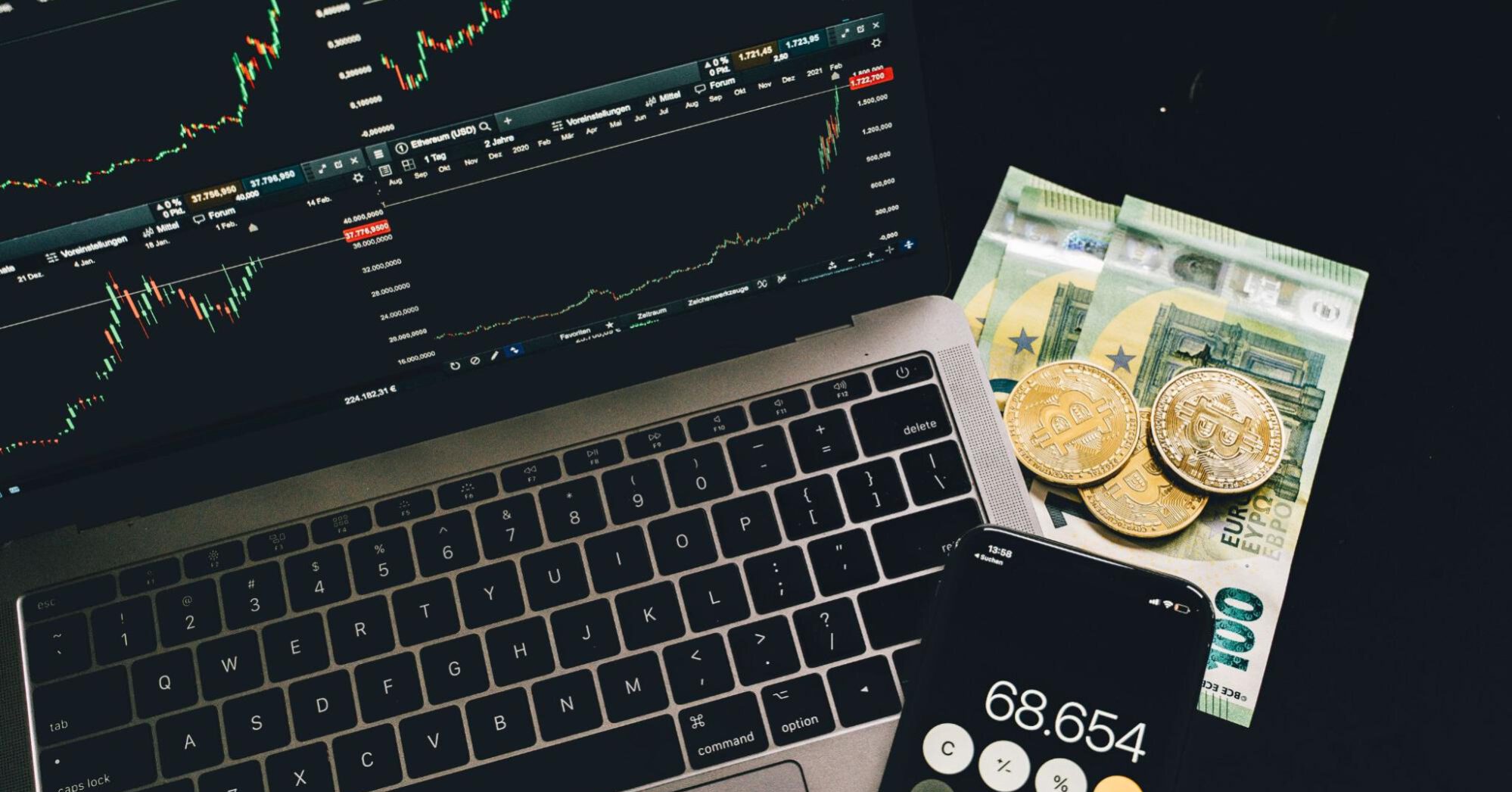October saw traders anticipating major rate hike announcements. As the developed economies are recovering from the pandemic, central banks were increasingly concerned with accelerating inflation. The dollar dropped as risk appetite rose.
Dollar drops from highest levels in 2021, yield curves show signs of tightening
The dollar started the month down from the highest level this year. At 94.23 points—the dollar index was at its highest level so far in 2021. The drop was due to a fall in treasury yields, which was considered transitory. Therefore, traders maintained a positive outlook on the currency.
In its October meeting, the Federal Reserve Open Market Committee put forth a timetable for tapering. In particular, the Fed said that it could begin gradually tapering by mid-November, cutting its $120 billion in monthly bond purchases by $15 billion.

© Theo Tsongidis on Unsplash
Mid-month, the dollar index dropped further, due to the increase in the global risk appetite. More propensity to risk mean that the demand for the safe-haven currency is lower.
Investors were concerned about the flattening yield curve on U.S. bonds. Specifically, the spread between two and 10-year Treasuries narrowed to just 104 basis points, the lowest number since August. Flattening yield curves signal that investors expect the Federal Reserve to tighten.
Therefore, the dollar extended its decline, on hawkish statements from the Bank of Canada. Consequently, the dollar dropped against CAD, the Japanese yen, and the euro. This was due to traders believing that more hawkish statements from other major banks were coming.
However, the dollar rebounded near the end of the month. The currency had its biggest one-day gain since June, on a dropping Euro.
Eurozone inflation heating up, may force ECBs hand
October started with European stocks dropping on inflation concerns. Data showed that September inflation rose 3.4% to a 13-year high, accelerating from 3% in August. Inflation was mostly driven by soaring energy prices, which threatened growth in the continent.

© Markus Spiske on Unsplash
Supply bottlenecks, semiconductor shortages, and the energy crisis wreaked havoc on the European economy. The aforementioned issues forced the German government to cut its growth forecast for 2021. Likewise, the yield on German bonds fell near the end of the month, with the yield curve flattening.
Near the end of the month, the ECB’s president Christine Lagarde acknowledged that inflation will likely be higher. However, she stated that the central bank was “very unlikely” to raise rates, even if inflation continues to rise.
Meanwhile, the euro was under pressure on inflation data. Inflation in the Euro area rose to 4.1%, vs 3.7% expected. The report compounded the concerns about potential tightening. The markets continued to bet that the ECB would be forced to raise rates earlier than expected, ignoring Lagarde’s claims.
Pound hammered by inflation
October started with the pound recovering its September losses, on strong data on growth. The UK economy was up 5.5%, better than the estimated 4.8%. This gave the pound support and prevented it from going below 1.34 against the dollar.
At the same time, concerns over inflation weighed on the pound, even as the Bank of England was expected to raise rates. Tighter monetary policy was not enough to counterbalance the fears of rampant inflation due to soaring energy prices.

© Nomadic Julien on Unsplash
Mid-month, the markets saw signs that the BoE would tighten its monetary policy. Investors expected tightening to happen sooner rather than later. As the economic outlook was worsening, investors were concerned about the economic impact of the decision. Concerns were due to higher energy prices and the increasing number of covid cases in the country.
Near the end of the month, inflation expectations rose to the highest level since 2008, to 4.4%. Investors expected that the numbers were unlikely to increase the pressure on the BoE to raise rates in November. At the time, markets were pricing in a 0.25% rate hike, from 0.1%, an all-time low. As we know now, BoE decided to maintain rates where they were.
Canada signals rate hike, does not deliver
Near the end of the month, the Bank of Canada signaled a potential rate hike. The central bank issued a hawkish announcement of a rate hike that could come sooner than initially expected. The CAD strengthened on those comments against the USD, reaching $1.2320.

The decision had a broader effect than just on Canada. Namely, traders believed that the announcement would prompt other central banks to announce tapering.
Consumer prices picked up as the economy continued to recover. Mid-month, data showed that the September CPI rose to 4.4%, on higher gas prices.
Near the end of the month, BoC revealed that it would maintain interest rates where they were. This was despite robust growth projections—6.5% for 2021. This triggered a reversal in the markets, with the USD rebounding.
Yen down on falling stocks, growth downgrade
October saw the yen drop with Japanese stocks, on rising global uncertainty. Nikkei index dropped for 8 days straight, the first time since 2009. Air, shipping, and warehousing industries dropped the most.

© Jezael Melgoza on Unsplash
Mid-month, the Bank of Japan stated that it expects the economy to start recovering from the pandemic hit by the end of the year. However, it confirmed that withdrawing its massive stimulus is “not an option” even when the economy starts to recover.
At the same time, the Japanese yen dropped to a four-year low against the dollar. Higher yields, propped up by rising stocks, made U.S. Treasuries attractive to Japanese investors.
Near the end of October, BoJ has, as expected, downgraded its economic forecast. The bank cut both its inflation and growth forecast. Specifically, it expected the economy to grow 3.4 rather than 3.8 percent. Conversely, the bank expected inflation to remain unchanged, rather than increase by 0.6.
Due to growing coronavirus cases, Japan’s central bank finds itself in a starkly different position than that of other major countries. Investors expect no rate hike in the foreseeable future.
Wrap Up
Major central banks surprised the markets with decisions to maintain rates at historic lows. This contributed to the dollar rebounding, which would continue in November. Soaring energy prices put pressure on the euro and the pound, despite the markets betting on the central banks hiking rates. On the other hand, investors bet on continued stimulus in Japan.




